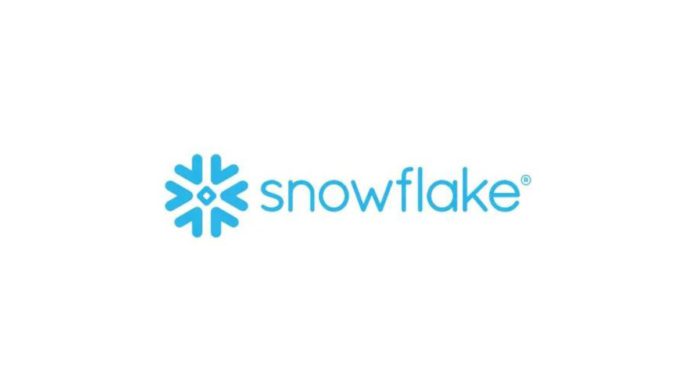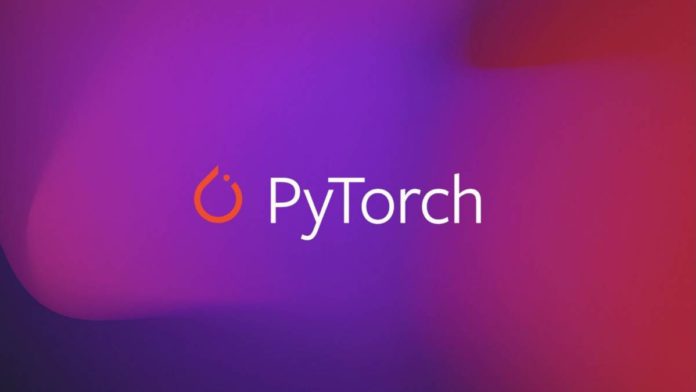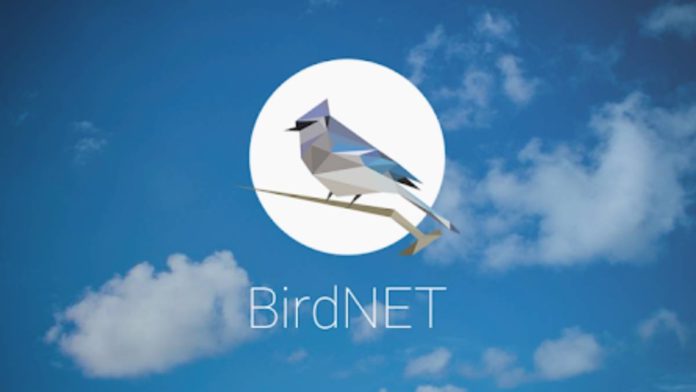Infometry, a leading data analytics products and solutions provider, has announced the accessibility of new product integration and partnership with the leading cloud data warehouse company, Snowflake.
The partnership will allow Snowflake customers to bring data into InfoFiscus, a software that helps customers unlock actionable insights into a 360-degree view of their business.
Infometry’s extensive domain knowledge and robust business processes convey a deep understanding of which analytics trends lead to desired business results by capturing client activity from data sources. This bi-directional integration will allow clients to get cloud modernization, advanced analytics, data strategy, and data governance benefits along with unlocking of on-going self-service insights.
Read More: Snowflake To Bring Python To Its Data Cloud Platform
Every individual from the respective organizations can utilize Snowflake and Infometry analytics solutions for making data-driven choices that fuel revenue growth and quicker go-to-market.
The partnership will empower enterprises to monitor high-volume and high-frequency data to uncover significant insights for clients in data-intensive enterprises. These enterprises include technology, retail, energy, finance, supply chain, life science, and healthcare.
Infometry’s partnership with Snowflake facilitates a next-gen data analytics solution on the cloud for leading financial services clients. The data platform is utilized for executing various logical and AI use cases, offering continuous insight into fraud detection. This will further develop growing field-specialist selling viability, marketing adequacy, and decreasing loan dispute processing time.











